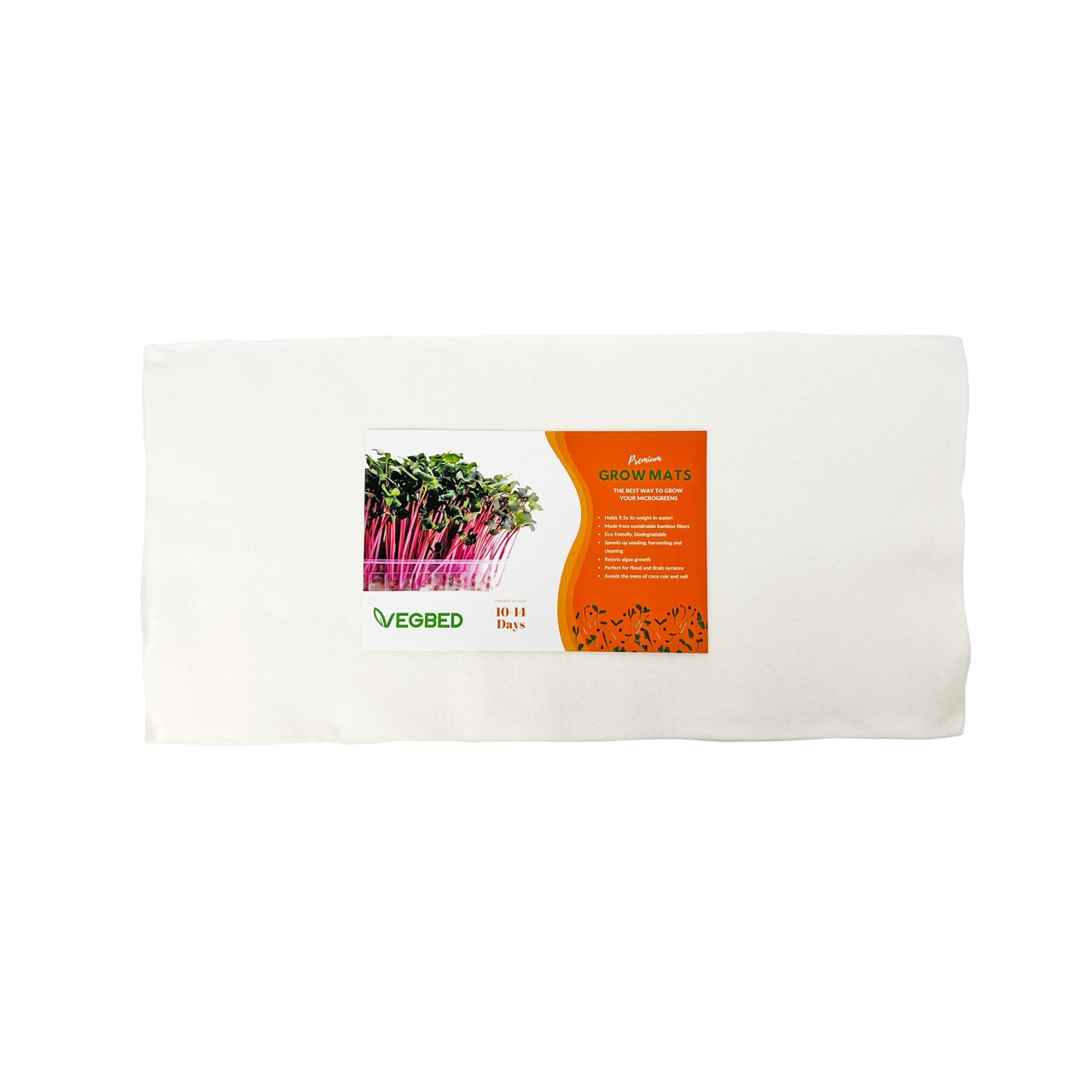Microgreens may seem like a modern trend, but their roots (pun intended) stretch back further than you might think. These tiny, nutrient-packed greens have a rich history that spans cultures and centuries.
Join us on a journey through time as we explore the origins and evolution of microgreens and discover how they’ve become a staple in kitchens and gardens around the world.
Ancient Beginnings: The Early Uses of Microgreens
While the term "microgreens" is relatively new, the concept of eating young, tender plants has been around for ages. Ancient civilizations, including the Egyptians and Chinese, recognized the health benefits of consuming young plant shoots.
These early adopters used young greens in their diets for their medicinal and nutritional properties.
- Egyptians: Ancient Egyptians cultivated young greens along the Nile River, consuming them for their believed health-enhancing properties. Historical texts and archeological findings suggest that the Egyptians valued young plants like barley and wheatgrass for their detoxifying properties (Source: "Ancient Egyptian Medicine" by John F. Nunn).
- Chinese: In traditional Chinese medicine, young shoots and sprouts were used to treat various ailments and boost overall health. Ancient Chinese texts, such as the "Huangdi Neijing," document the use of young plants like mung bean sprouts for their cooling and detoxifying effects (Source: "The Yellow Emperor's Classic of Medicine" by Maoshing Ni).
The Middle Ages: A Culinary and Medicinal Renaissance
During the Middle Ages, the use of young greens continued to flourish. Monks and herbalists grew a variety of young plants in monastery gardens, using them both in cooking and as remedies.
- Monastic Gardens: Monasteries across Europe cultivated young plants, including herbs and greens, for their kitchens and infirmaries. These gardens were well-documented in texts like "Hortulus" by Walafrid Strabo, which describes the cultivation of various plants for medicinal and culinary uses (Source: "Medieval Monastic Gardens" by Sylvia Landsberg).
- Herbal Medicine: Young shoots and sprouts were often prescribed for their healing properties and nutritional benefits. Herbalists like Hildegard of Bingen wrote extensively about the use of young plants in treating ailments (Source: "Physica" by Hildegard of Bingen).
The Modern Era: Microgreens Gain Popularity
Fast forward to the late 20th century, and microgreens began to make a name for themselves in the culinary world. Chefs and food enthusiasts started to recognize the potential of these tiny greens, not just for their health benefits, but also for their vibrant colors and intense flavors.
- 1980s: The term "microgreens" started to appear in culinary circles, particularly in upscale restaurants in California. Chefs like Alice Waters of Chez Panisse began using microgreens to add visual appeal and fresh flavors to their dishes (Source: "Chez Panisse Vegetables" by Alice Waters).
- 1990s: Microgreens began to gain traction in the broader food industry. They became a popular addition to salads, sandwiches, and gourmet dishes, thanks to their unique taste and visual appeal (Source: "The Edible Garden" by Alys Fowler).
The 21st Century: A Microgreen Revolution
In the 21st century, microgreens have exploded in popularity, thanks to their numerous health benefits and versatility. They are now a common sight in home kitchens, urban farms, and commercial operations.
Health Consciousness: As people became more health-conscious, the demand for nutrient-dense foods like microgreens grew. Packed with vitamins, minerals, and antioxidants, microgreens became a favorite among health enthusiasts (Source: "Microgreens: Novel, Fresh, and Functional Food to Explore All the Value of Biodiversity" by Renna et al., 2017).
Urban Farming: The rise of urban farming and hydroponics has made it easier than ever to grow microgreens in small spaces. From kitchen counters to rooftop gardens, microgreens are now being cultivated everywhere (Source: "The Urban Farmer: Growing Food for Profit on Leased and Borrowed Land" by Curtis Stone).
Sustainability: Microgreens are celebrated for their sustainability. They require less water and space compared to traditional farming, making them an eco-friendly choice for modern agriculture (Source: "Sustainable Microgreen Production: An Overview" by Weber et al., 2019).
Microgreens Today: A Staple in Modern Cuisine
Today, microgreens are more than just a garnish; they are a staple in modern cuisine. From farm-to-table restaurants to home kitchens, these tiny greens are valued for their flavor, nutrition, and aesthetic appeal.
- Culinary Uses: Chefs continue to innovate with microgreens, incorporating them into a wide range of dishes from appetizers to desserts. Their vibrant colors and intense flavors make them a versatile ingredient (Source: "The Chef's Garden: A Modern Guide to Common and Unusual Vegetables" by Farmer Lee Jones).
- Home Gardening: Growing microgreens at home has become a popular hobby, thanks to their ease of cultivation and quick harvest time. Many gardening guides now include sections on how to grow microgreens (Source: "Homegrown Microgreens: A Guide to Growing Nutrient-Packed Greens" by Peter Burke).
- Nutrition: As more studies highlight the nutritional benefits of microgreens, they remain a top choice for those looking to boost their diet with superfoods (Source: "Nutritional and Phytochemical Quality of Microgreens" by Xiao et al., 2012).
Conclusion
Microgreens have come a long way from their ancient beginnings to becoming a modern culinary and nutritional powerhouse. Their rich history and evolution reflect their enduring appeal and versatility.
Whether you’re a chef, a gardener, or a health enthusiast, microgreens offer something for everyone. So, the next time you sprinkle some microgreens on your dish, remember that you’re part of a long tradition that spans centuries and cultures.



